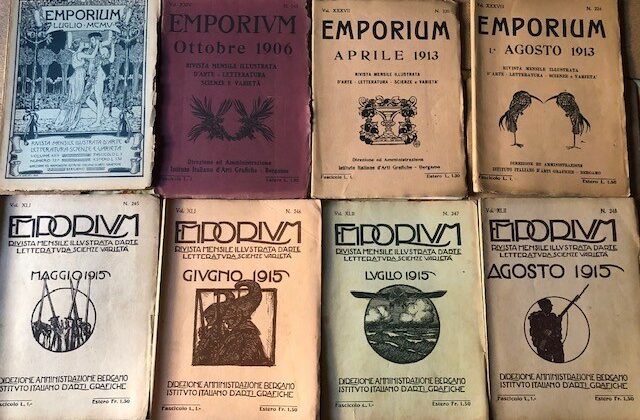D’Anna, airplanes and trains in rays of luminosity
Prof. Francesco Carelli
The more we observe and we analyze the artworks of Giulio D’Anna ( (1908-1978), they more appear rich in significance, with a lot of references to contemporary reality, with pictorial techniques which are iconic and innovatives.
Aerial paintings is his main artwork, in which the modernity of the assemblages and the positive components of the nature help to make loose to the mechanic elements all of the negative cipher of the industrial civilization through the projection in a solar atmosphere, in landscapes which fuse together, opening different new directions, that exist only in the imaginary, in an effervescent explosion of turnarounds, undulations, straight lines: “colourful lashings”, as they are called in 1933.
From above, trees, houses, hills, have miniaturist dimensions with an happy synthesis of forms, colours, matter and volumes, which sometimes has subtle naïf underlines and winks at the figural and chromatic lesson of Balla and Depero, but in a conjugation that has all Mediterranean taste. His planes are like emblems of the cosmic dynamism, even if they are squared, stylized, and childish, in appearance without mechanical and plastic details which, if we observe with attention, will be shown soon, in this way revealing the knowledge that D’Anna retains about the peculiar techniques of the single machines. If we study him from different angles, we discover today his deep culture of every type of aerial – machines of the ‘30s, of which he fixes with the brush the details with a precision that is all new – brand in his pictorial brand in his pictorial icons, a scientific and mechanical precision.
Among the planes used by the Italian Air Force, D’Anna follows the evolutions, the records, with documentary and psychological participation, and he still surprises us all. He was attracted also by the Savoia Marchetti, the planes with which during the ?30s the famous flights across the Atlantic were done, and in his painting dedicated to Italo Balbo they become very little forms that grow in dimensions slowly, in a vast arc of sky, until he shows us the clear details that build them. He even approach the aerial painting of war, not lived but testified to him by his brother, charging of pale and dark colours and of deadly meanings the machines and the landscape. A part of the Italian intellectual world condemned the war, underlying the horrors,the deaths, the sacrifices, the losses, and had seen in this machine a toll of destruction, D’Anna remains loyal to his imaginary.
Another machine he loved so much was the train, always represented with full of colours in kaleidoscopic landscapes and rays of luminosity.
Photo: temper on cardboard: train in the rays of luminosity – G. D’Anna



